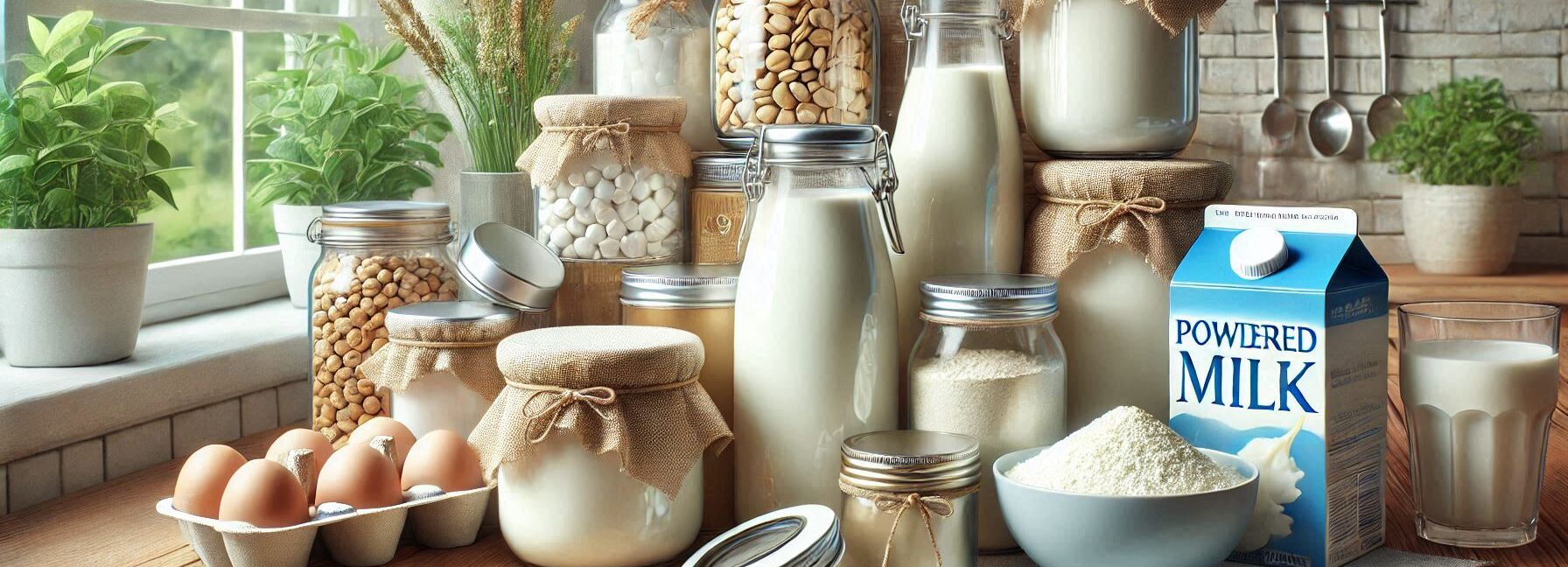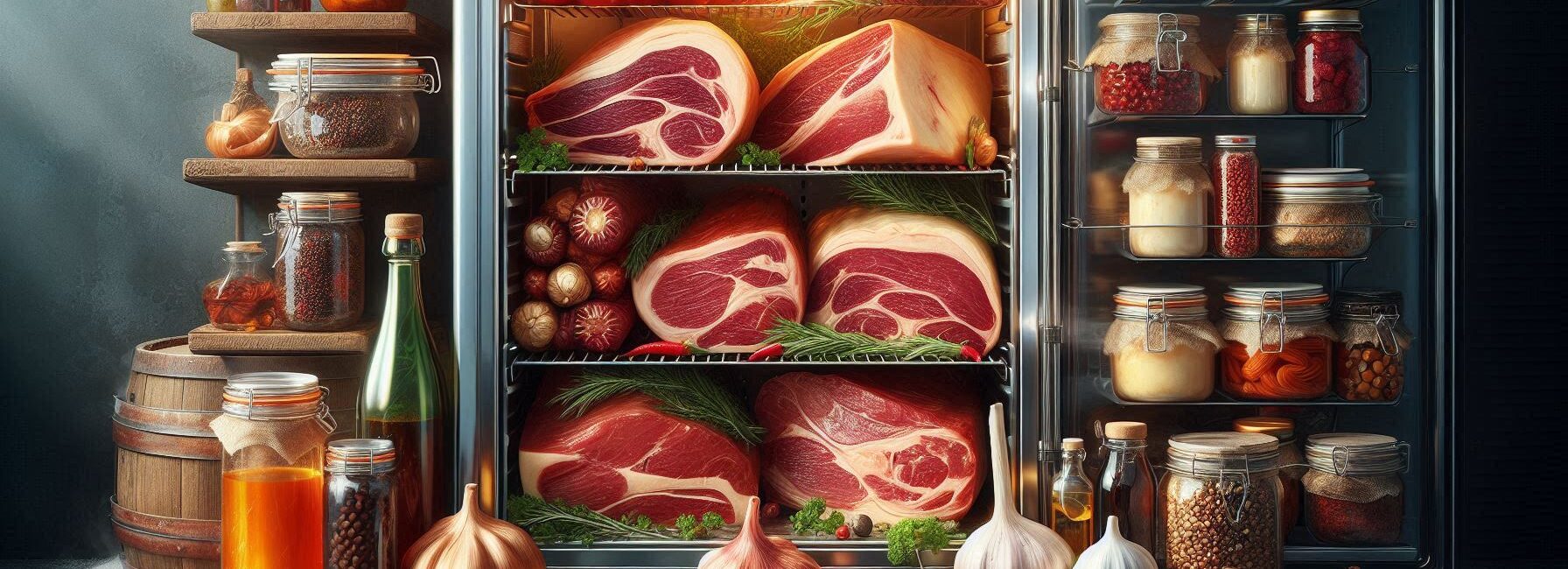Please Note: This post may contain affiliate links. If you click one of them, we may receive a commission at no extra cost to you. As an Amazon Associate, I earn from qualifying purchases.
Last Updated on November 2, 2025 by Kevin Collier
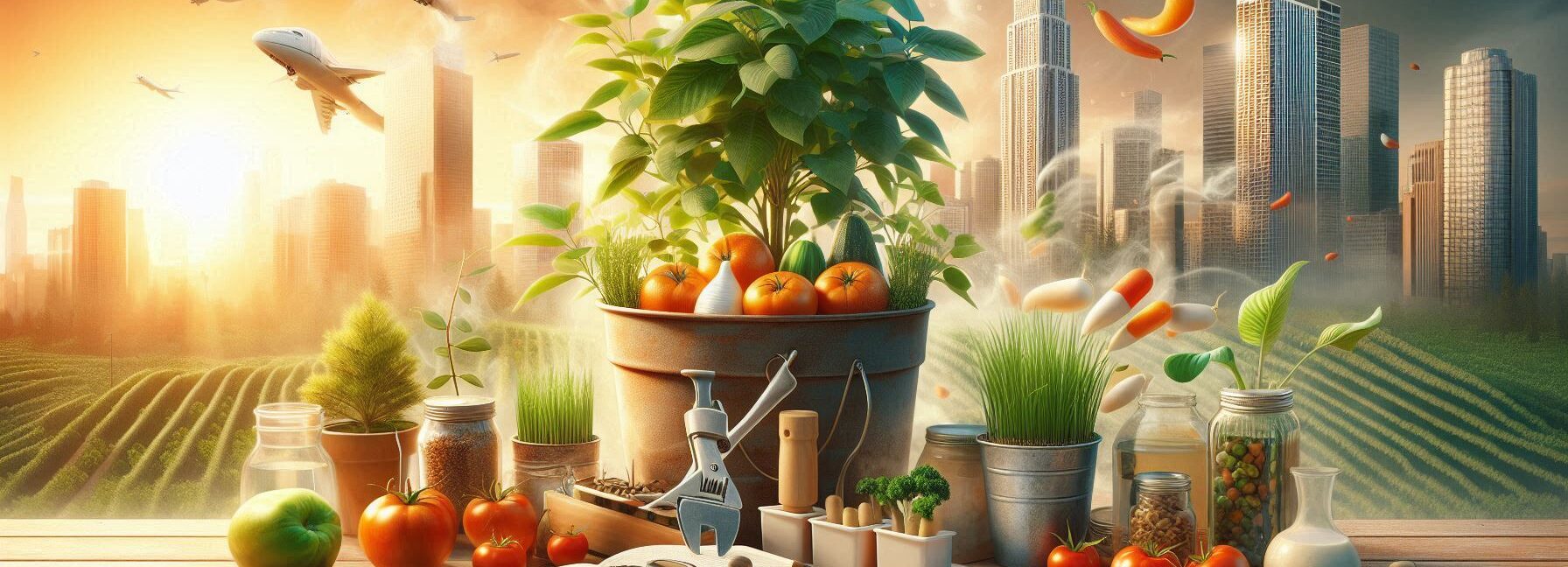
Top Takeaways and Key Concepts
- Choose hardy, easy-to-grow plants like potatoes, beans, carrots, and herbs.
- Prepare soil by clearing debris, adding compost, and moistening before planting.
- Water deeply but infrequently, checking soil moisture an inch below surface.
- Harvest crops at peak ripeness using clean tools to prevent contamination.
- Preserve surplus produce by canning or freezing to enjoy year-round.
Picture this: you walk into your backyard, and there are fresh, ripe tomatoes just waiting for you. No need to worry about empty grocery shelves or long lines. Just a little sunshine, some dirt, and voilà! Your own little garden is alive with color.
It feels good, right? You’re not just picking veggies. You’re creating something for yourself. Plus, it’s a chance to escape those super awkward conversations with that one neighbor who loves talking way too much about their cat’s weird eating habits. You know, the one that goes on about gluten-free kibble? Sigh.
With a garden, you’re in control. No more grabbing whatever is left at the store. You can pick what you want, when you want. Fresh cucumbers, colorful peppers, maybe even some herbs to sprinkle on your dinner. And let’s not forget—this time, no more zombie apocalypse vibes at the store.
Growing your own food saves money too. You can fill your basket and then some. Just think about all those meals you’ll whip up. You’ll even have extra veggies to share with friends or neighbors. How nice is that?
Preserving food is easy, too. Jarring your tomatoes or making pickles means you can enjoy that summer harvest all year long. A little work now means yummy snacks later. You can cozy up with a jar of homemade salsa while you binge-watch your favorite show.
Your backyard garden becomes your little slice of paradise. It's not just about the food. It's about freedom. You’re in charge. So grab those gardening gloves. Let’s go create something special. Gardening is both fun and rewarding, and the best part? You get to avoid those weird neighbor chats. Sounds like a win-win!
Choosing the Right Plants for Your Survival Garden
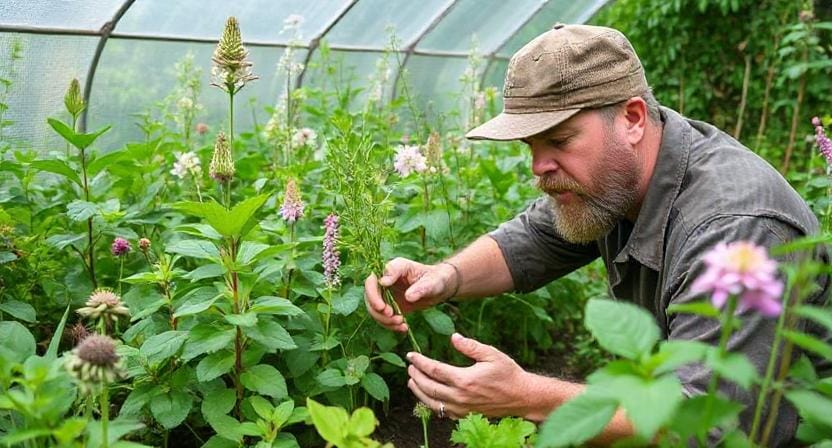
Let's start by talking about what you should plant. In survival gardening, not all plants are the same. You want crops that are tough, healthy, and able to grow in a variety of situations, like that one friend who always brings snacks to every party.
*** Shop for Survival Gear - Tools - Kits ***
Survival Gear - Bags and Backpacks - Knives - Boots/Footwear - Communication
Outdoor Cooking - Gloves - Hydration - Dry Boxes - Water Filtration Systems
Tents - Sleeping Bags - First Aid Kits - Multi-Tools - Flashlights - Fire Starters
Navigation - Survival Food - Night Vision - Headlamps - Stun Guns - Binoculars
Potatoes (who doesn't love fries?), beans (full of protein), and carrots (not only for rabbits) are also great options. These plants are not too hard to grow, and even if you forget to water them once or twice, they will still give you food.
If you're feeling brave, you may add herbs like basil or mint. They can make any meal taste better. Just don't ask me how many times I've added too much!
Think about companion planting as you arrange the layout of your garden. This entails putting certain plants together so they can help each other grow. For instance, tomatoes like to be among basil since it's like having a built-in plant buddy system.
How to Prepare Your Soil Like a Pro

It's time to get the soil ready now that you've picked out who you'll be eating with. If dirt were an Olympic sport, this would be the event where everyone who shows up with flip-flops is kicked out.
Clear away any weeds or trash from the area you want to use first. You need soil that is rich and drains effectively but also keeps moisture. It's like striking the right balance between a sponge and a boulder. Adding compost is very important because it's nature's way of turning old food into superfood for your plants. You could say that it's like giving your garden a multivitamin every day.
After you have mixed in some compost and tilled the soil, moisten it well before planting the seeds or seedlings. And don't forget: you need to be patient! Just because nothing seems to be happening right immediately doesn't mean you're failing. Plants work on their own schedule, which usually includes a lot of sunshine and some encouraging speeches.
Watering the Right Way
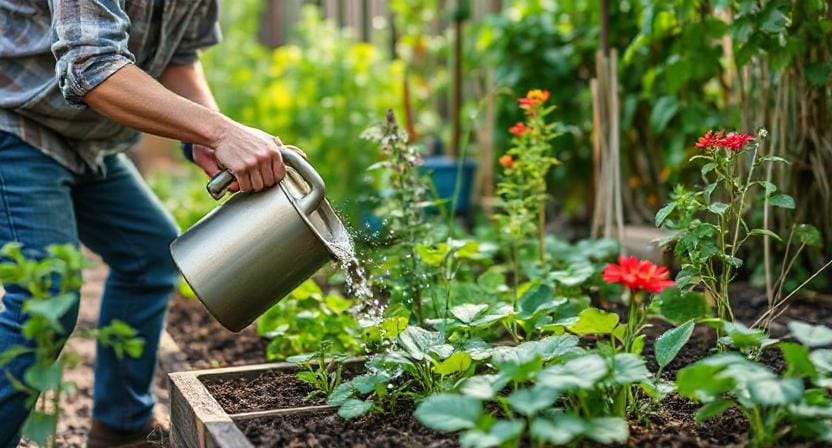
Ah yes, water—the drink of life! It's important to keep your plants hydrated, but not so much that they drown faster than my hopes did in swim class when I was a kid.
Instead of watering every day with shallow water, it's better to water deeply less often. This makes roots dig deeper into the ground to get water, which is a lot like how my kids explore for buried treasure in our backyard.
Put your finger approximately an inch into the earth to see if it's time to water. If it seems dry down there (and not only because you haven't been watering it), go ahead and give those thirsty green pals a drink!
You might have to get creative with how you water your plants on very hot days or when there is an unexpected drought. For example, you could use drip irrigation or old milk jugs with holes in them.
The Best Part Is Harvesting Time
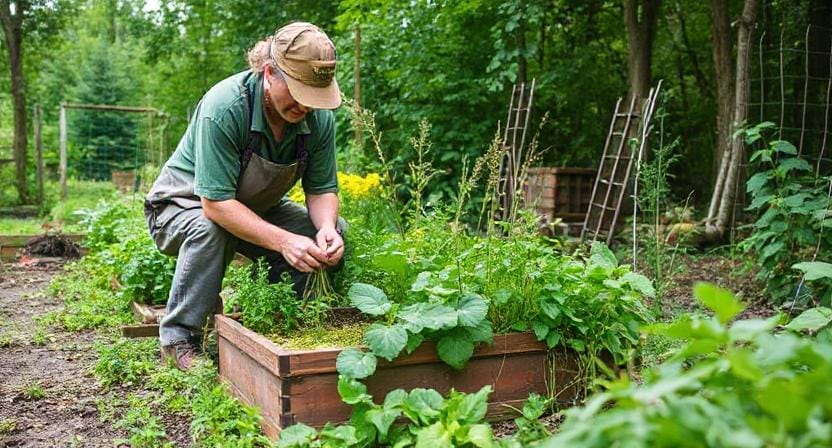
Finally, after weeks of hard work—and maybe even sweet-talking your plants—you'll be able to harvest! Picking ripe fruits and vegetables right from your yard is much more satisfying than fighting with shopping trolleys at Walmart.
Know when each crop is ready to be picked, because certain vegetables are finicky about when they eat! For example, if you leave zucchini out for too long, they grow into baseball bats overnight. This can impress someone until they realize they don't know what to do with them.
Use clean equipment while you harvest so you don't add bacteria to your food. Also, try not to nibble too much while you work unless you're comfortable with posting pictures of half-eaten food on Instagram afterward!
Keeping Your Hard-Earned Harvest
What do you do with all this great stuff now that you've raised it? Welcome to preservation land, where we turn summer's harvest into winter feasts! One way is to can them. For example, picture making salsa out of those tasty tomatoes without having to hire a lot of cooks.
You'll need jars like the ones granny used, lids that fit, and some basic canning tools like tongs and funnels. It's like kitchen tools and superhero gear all in one! Start by cleaning everything well, because no one wants botulism to mar their cooking success story.
Another choice is to freeze them, which is great for those days when cooking seems tougher than running a marathon after eating three bowls of spaghetti.
Just wash and slice up fruits or vegetables, then put them in freezer bags with the dates written on them (so you remember what went where). This way, you'll be able to enjoy summer foods long after the leaves start to fall in the fall.
Conclusion: Enjoying Your Self-Sufficiency Journey
Growing your own food is a big deal. Think about how good it would be to bite into a tomato you picked yourself. So new! You also skip those insane prices at the grocery store. It's nice to know that what you eat came from your own backyard. It would sound less impressive to say “my garden” than “the farm,” but who cares? You have wonderful things from your own home!
And let's be honest. While you do this, you're also learning some really cool things. You may be the one your friends turn to for advice. Imagine this: while they're having trouble with microwave popcorn, you're creating tasty dinners out of the vegetables you cultivated. Cool points right now!
You'll learn how to plant, water, and even keep things alive. You may enjoy those tasty flavors all year long by jarring your harvest. You won't simply be a gardener; you might also learn how to cook. Making pasta with fresh basil or salsa from your tomatoes? Yes, please!
Think of all the times you spend outside, feeling the sun on your skin and smelling the land. It's nice to relax. You may get away from screens and just appreciate the outdoors. You might even hear birds singing.
Putting those secrets in an old backpack? Great! When you desire to grow more, you'll have everything you need. Gardening is like looking for good food.
So let's get those seeds and start cooking. We'll make our kitchens shine with fresh food. You're not only planting food; you're sowing faith. And that's something to be happy about!
Frequently Asked Questions
What types of plants are easiest for survival gardening?
Hardy crops such as potatoes, beans, carrots, and various herbs grow well in many climates and provide consistent yields.
How should I prepare my soil before planting?
Remove debris, mix in compost for nutrients, and moisten soil to create a healthy growing environment for seeds and seedlings.
How often should I water my garden?
Deep watering less frequently encourages stronger roots; check soil about an inch deep to decide if watering is needed.
When should I harvest vegetables?
Harvest when produce reaches peak ripeness and always use clean tools to reduce risk of contamination.
Why is canning a good preservation method?
Canning locks in nutrition, prevents spoilage, and allows stored produce to last on shelves without refrigeration.
Can I freeze extra vegetables instead of canning them?
Yes, freezing is a quick and easy way to store surplus harvests for future meals with minimal preparation.
Does growing your own food help reduce dependence on stores?
Yes, a productive garden increases self-sufficiency, lowers grocery costs, and provides food security during shortages.
Suggested Resources:
The Ultimate Guide to Home Canning
https://www.extension.uidaho.edu/publishing/pdf/BUL/BUL0845.pdf
How To Grow Vegetables in Small Spaces
https://www.gardeners.com/how-to/growing-vegetables-in-small-spaces/8601803.html
Preserving Food at Home
https://nchfp.uga.edu/publications/nchfp/lit_guide/preserving_food_at_home.html

Kevin Collier is a seasoned survivalist and expert in prepping and homesteading, contributing to WiseSurvive.com. With a deep-rooted passion for self-sufficiency and outdoor survival skills, Kevin shares practical advice, strategies, and resources to help individuals prepare for any challenge. His informative articles cover a range of topics, from essential survival techniques to sustainable living practices, empowering readers to thrive in any situation. Whether you're a novice or a seasoned prepper, Kevin's insights will inspire you to take charge of your readiness and build resilience for the future.



